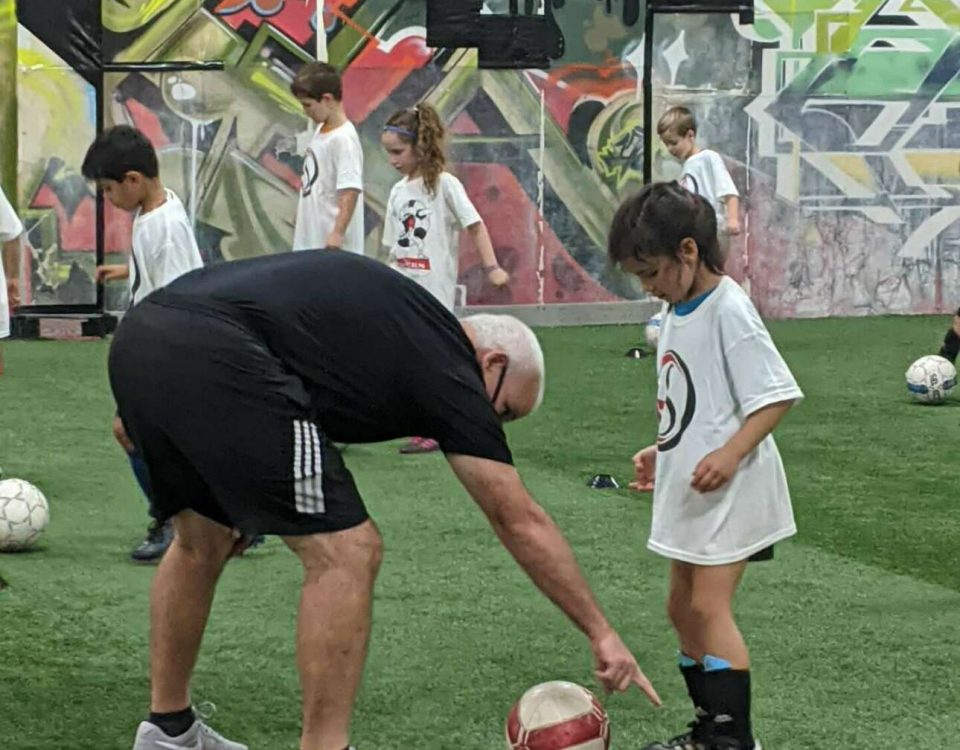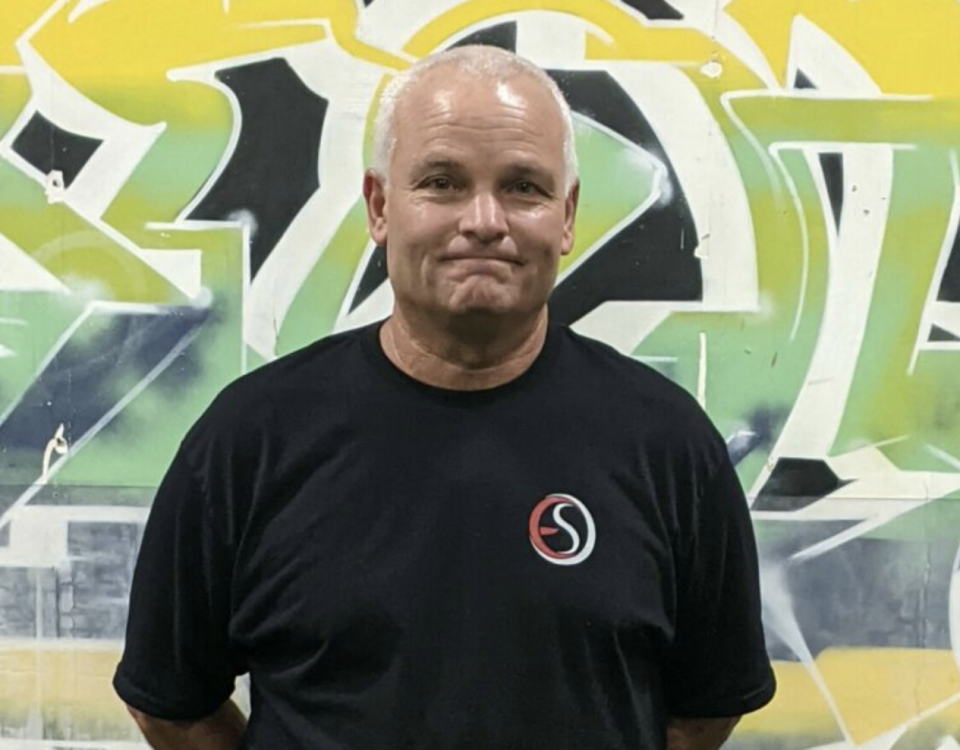
Getting Back To The Fields: Slow + Steady
July 14, 2020
Yes, we are still talking about STETCHING!
August 27, 2020Our friends at Wake Orthopaedics are sharing their knowledge on Stretching. Eric Fiedler, a PT at Wake, breaks down the basics. Static Stretching (10-60 second holds without movement) is everywhere. How many times have you heard….
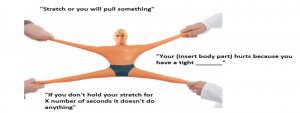
YET…. how often do you stretch and stretch and stretch but never really make much progress on your flexibility?
As a physical therapist with a heavy background in neuroscience, I wanted to take some time to explore stretching with you. In this two-part blog I will try to clarify what stretching is, what it does and does not do, and how to utilize it properly and effectively. So let’s give it a shot.
Let’s start with answering a few questions
What is “tightness”? (Just a little physics)
To understand “tightness” we have to first define “stiffness”. Stiffness is how much an object resists deformation. It’s a physical property. A metal rod is stiffer than a rubber band. In the body, it is no different. The ability of tissues to deform is set by their makeup. However, we rarely push to the limits of stiffness. If we did, things would break! So the body needs a way to detect when to tell you to stop… So what does your brain do? Makes your muscle feel” tight”!
Tightness It’s just a SENSATION. That’s all it is. It is the nervous system’s way of telling you the state of your muscle.
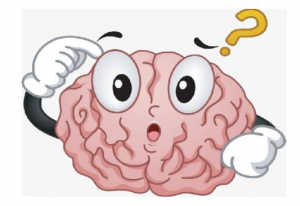
This may seem confusing at first but let’s look at what happens when you stretch.
So…What is actually happening and why do I feel the stretch?
Let’s take a deep dive into the muscle. Here you can see a MUSCLE SPINDLE. It exists in the muscle to sense changes in length and rate of change.
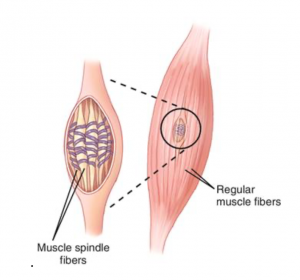
.
When you stretch a muscle, the spindle stretches it relays a message to your spinal cord. Your brain will integrate this and you will experience “tightness” at a certain point.
IT IS THE SENSITIVITY OF THIS MECHANISM THAT DETERMINES HOW TIGHT YOU “FEEL”
***Receptors in the muscle/tendon etc.. are constantly giving status reports about your)***
***How “tight” you feel actually has very little to do with how physically restricted the muscle is!!***
So then how does Stretching Work?
Each time you hold for 10, 20, 30 seconds there is a period of time after when the Spindle is less sensitive. Then you can push past briefly. It feels good and you feel accomplished BUT you didn’t actually change the muscle at all
Ok great.. so how do you make an actual change in “tightness”
**The answer is actually very simple. …..Get it stronger!**
The sensitivity of the stretch and how tight you feel is based on the condition of the muscle.

Weak Muscles = “Tight” Muscles. They are tired, cranky, and the brain wants to protect them Strong Muscles= “Flexible” Muscles. They don’t need as much protection if you want to be more flexible. MOVE MORE AND GET STRONGER!!
So are you saying there is no point in Traditional Stretching?
NOT AT ALL. In fact, it is very helpful in certain situations.
- What is static stretching good for?
- Decreasing pain immediately after injury
- Calming the nervous system down and inhibiting muscle temporarily
- Re-aligning collagen after surgery and preventing contractures
- Short term mobility
- USE STATIC STRETCHING FOR:
- Post exercise cool down
- To decrease pain/spasm after an injury until you can fix the root cause
- When you want to relax and calm your nervous system
BUT SHOULD I STRETCH PRIOR TO EXERCISE?? HOW CAN I USE STRETCHING PROPERLY?? (Stay tuned…)


